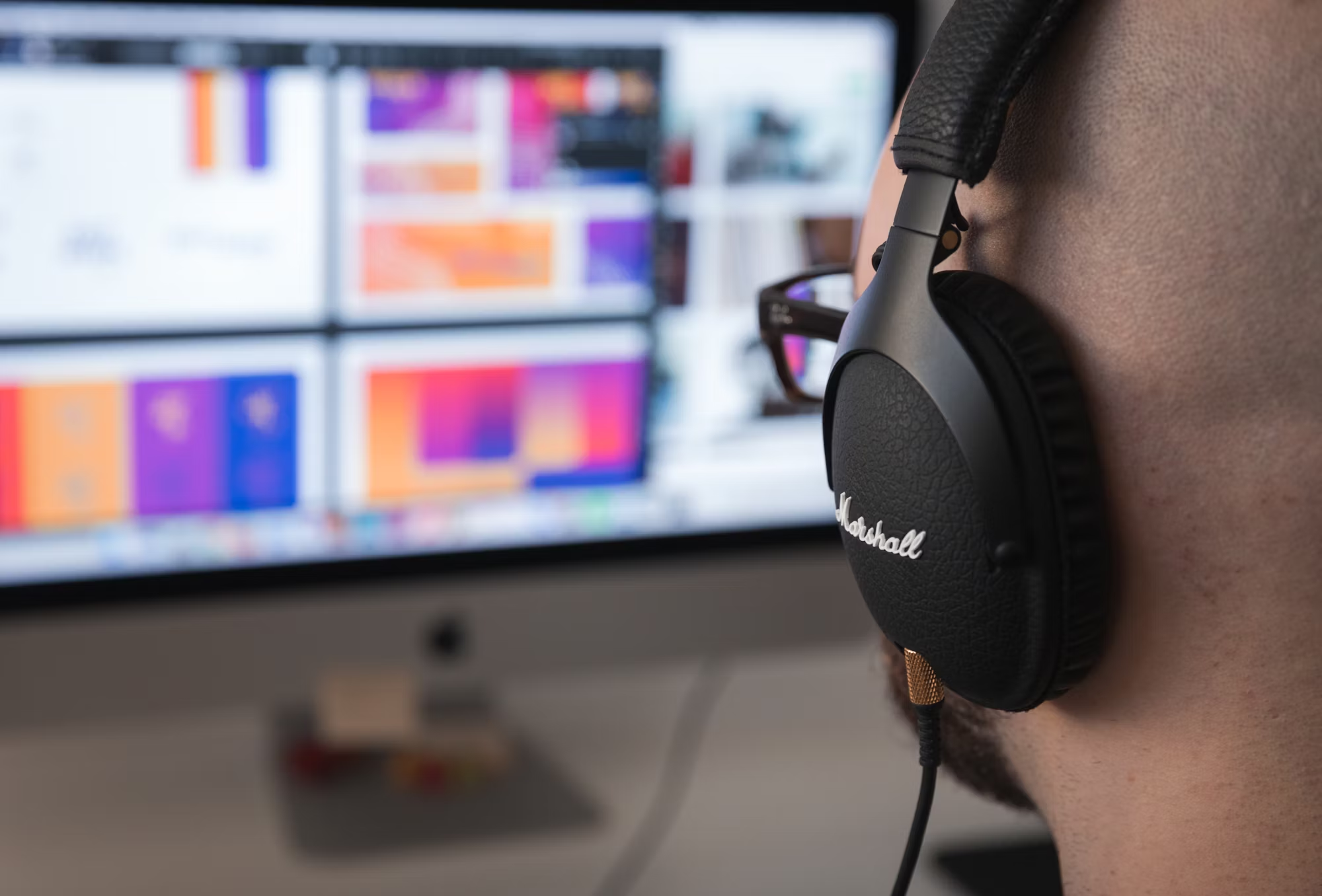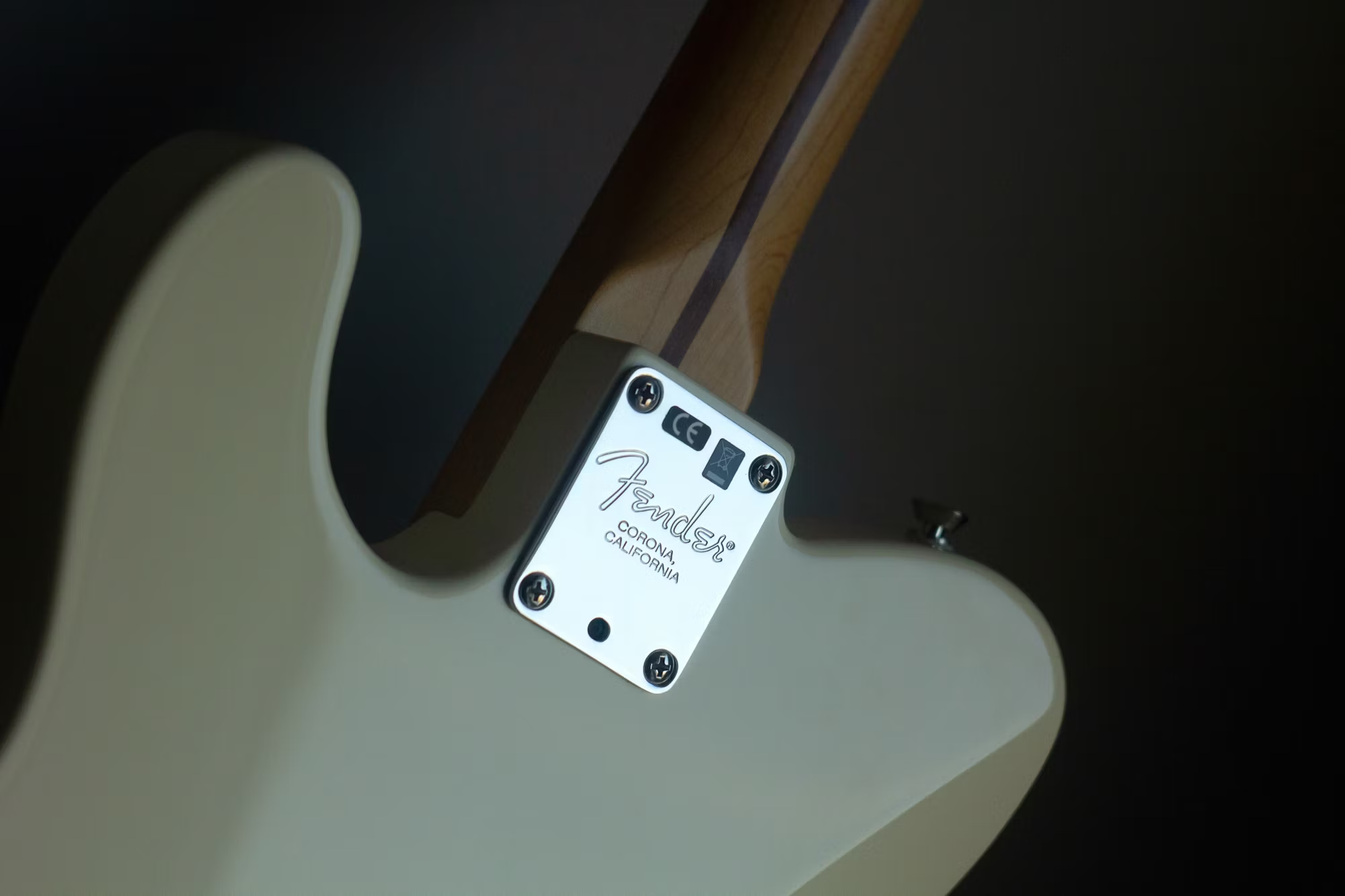As the world becomes increasingly connected, the way we consume audio has transformed dramatically. Headphones have emerged as essential tools for enjoying music, podcasts, and immersive sound experiences. The evolution of headphone technology is fascinating, marked by advancements that have redefined how we listen. In this article, we will explore the latest innovations in headphone technology, their impact on audio quality, and what to look for when choosing the right pair for your needs.
The Evolution of Headphone Technology
Headphones have come a long way since their inception. From the bulky models of the early 20th century to today’s sleek and sophisticated designs, headphone technology has continuously adapted to meet consumer demands and technological advancements.
Early Developments
The first headphones were created in the late 1800s, primarily for telephone operators. These early models were bulky and uncomfortable, but they paved the way for future innovations. By the 1950s, headphones began to gain popularity among audiophiles, leading to the development of the first stereo headphones, which offered improved sound quality and comfort.
The Rise of Portable Audio
The advent of portable music players, such as the Walkman in the late 1970s, revolutionized the headphone market. Suddenly, headphones became a personal accessory for music lovers on the go. This shift prompted manufacturers to focus on creating lightweight and portable designs that could deliver high-quality sound without sacrificing comfort.
Digital Revolution and Wireless Technology
The rise of digital audio in the 2000s brought about a new era for headphones. With the introduction of MP3 players and smartphones, consumers demanded headphones that could connect wirelessly. Bluetooth technology has become the standard for wireless headphones, allowing users to enjoy music without the hassle of tangled cords. Innovations such as aptX and AAC codecs have further improved sound quality, providing a more enjoyable listening experience.
Key Innovations in Headphone Technology
As technology continues to advance, several key innovations have emerged that significantly enhance headphone performance and user experience.
1. Active Noise Cancellation (ANC)
Active noise cancellation has transformed how users experience sound. This technology employs microphones to detect ambient noise and generate sound waves that counteract unwanted sounds. The result is a quiet listening environment, allowing users to immerse themselves in their audio without distractions. ANC technology is particularly popular among travelers and commuters, as it helps reduce the noise from airplanes and busy streets.
2. Improved Battery Life
One of the challenges of wireless headphones has been battery life. However, recent advancements have led to significant improvements. Many modern wireless headphones now offer 20 to 30 hours of playback time on a single charge, with quick charge features that allow for several hours of use after just a short charging period. This convenience ensures that users can enjoy their audio experiences without frequent interruptions for charging.
3. Touch and Voice Controls
Touch controls and voice assistant integration have made interacting with headphones more intuitive. Many wireless models now feature touch-sensitive panels, allowing users to play, pause, or skip tracks with simple taps. Additionally, voice assistants like Siri, Google Assistant, and Alexa can be accessed through headphones, enabling hands-free operation for a seamless experience.
4. Customizable Sound Profiles
Modern headphones often come with companion apps that allow users to customize their audio profiles. These apps provide equalization settings, enabling users to adjust bass, midrange, and treble levels according to their preferences. This level of customization allows listeners to tailor their sound experience, enhancing their enjoyment of music, podcasts, and movies.
5. Enhanced Comfort and Ergonomics
Comfort is a critical factor in headphone design. Manufacturers are increasingly focusing on ergonomic designs and high-quality materials to ensure that headphones can be worn for extended periods without discomfort. Features such as memory foam ear pads, adjustable headbands, and lightweight constructions enhance the overall listening experience, making them ideal for long commutes or studio sessions.
Choosing the Right Headphones
With the vast array of headphone options available today, finding the perfect pair can be daunting. Here are some key factors to consider when making your choice:
1. Purpose of Use
Determine how you plan to use your headphones. If you need them for commuting, consider noise-canceling models that can block out external sounds. For gaming, look for headsets with surround sound and a built-in microphone for communication. For music production, invest in studio headphones that offer accurate sound reproduction.
2. Comfort and Fit
Comfort should be a top priority, especially for extended use. Try on different models to find the right fit for your ears and head. Over-ear headphones typically provide more comfort during long listening sessions, while in-ear models are great for portability.
3. Sound Quality
Consider the sound signature that appeals to you. Some headphones emphasize bass, while others provide a more balanced sound profile. Research user reviews and expert opinions to gauge the sound quality of different models.
4. Wireless vs. Wired
Decide whether you prefer the convenience of wireless headphones or the reliability of wired models. Wireless headphones offer freedom of movement, while wired models often provide superior sound quality and do not require charging.
5. Budget
Headphones come in various price ranges. Establish a budget and explore options within that range. Keep in mind that investing in quality headphones can lead to a better audio experience in the long run.
The Future of Headphone Technology
As technology continues to evolve, the future of headphones looks promising. Several trends are emerging that may shape the headphone market in the coming years:
1. Sustainability
As environmental concerns grow, consumers are increasingly looking for eco-friendly products. Manufacturers are beginning to adopt sustainable practices, using recycled materials and eco-friendly packaging to reduce their environmental impact. Expect to see more options that prioritize sustainability without compromising quality.
2. Augmented Reality and Spatial Audio
The integration of augmented reality (AR) and spatial audio technology is set to transform the headphone experience. This technology allows users to experience sound in a more immersive way, creating a 3D audio environment that enhances gaming, movies, and music.
3. Advanced Health Monitoring
The future may also see headphones equipped with advanced health monitoring features. Some companies are exploring ways to integrate sensors that can track heart rate, activity levels, and even stress levels through audio feedback. This functionality would provide users with valuable insights into their health and wellness.
Conclusion
Headphone technology has come a long way, offering a range of options to suit different lifestyles and preferences. As innovations continue to emerge, consumers are presented with an exciting array of features that enhance audio experiences. Whether you’re an audiophile, a casual listener, or a gamer, there’s a perfect pair of headphones out there for you. By understanding the latest advancements and knowing what to look for, you can make an informed decision that elevates your audio enjoyment and fits seamlessly into your daily life.





